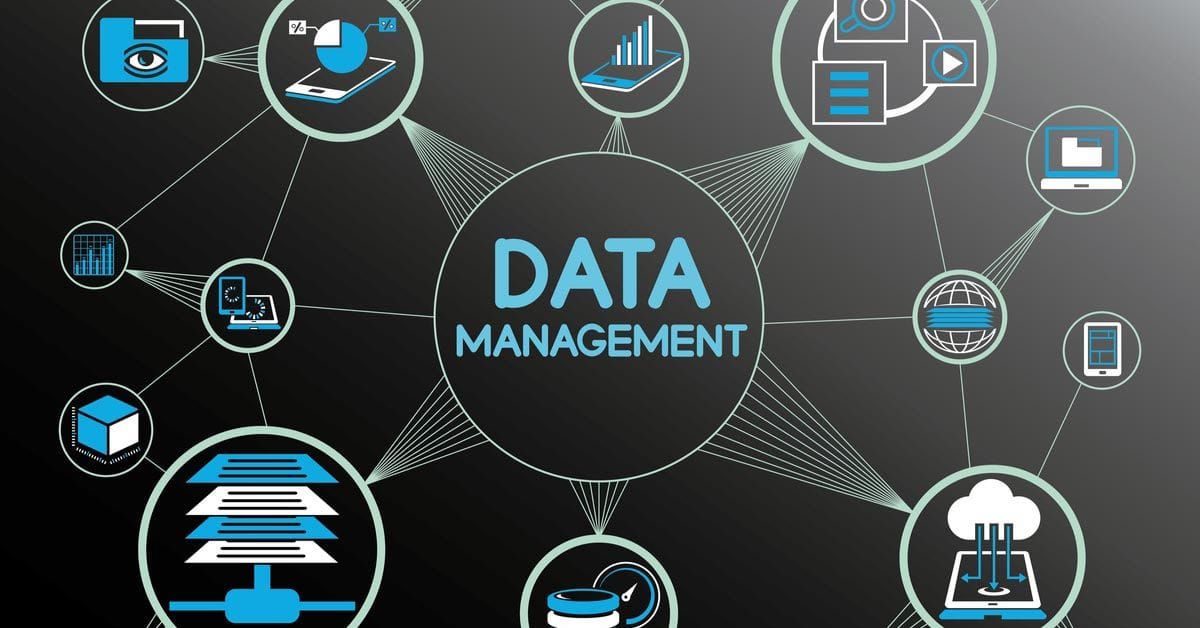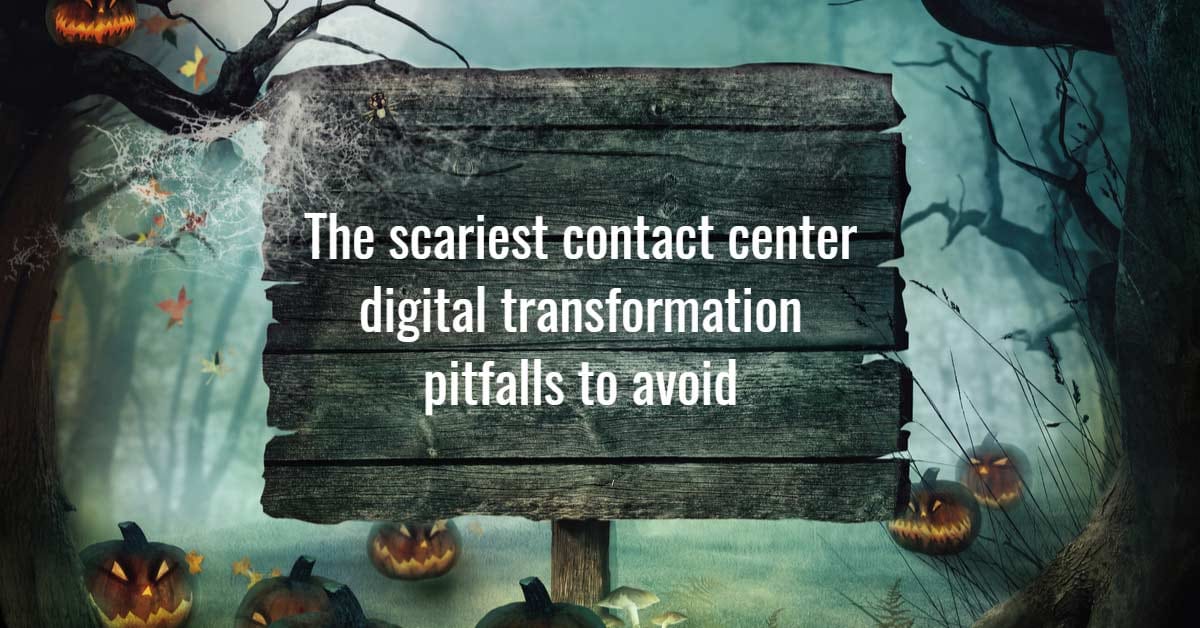Humans are naturally competitive. If you look around society, you’ll see the echoes of competitive behavior everywhere. But it’s not always a productive use of our energy. Competition is one of those things that can bring out the best in us and the worst in us, depending on the context and what it’s trying to achieve.

Blog
Transforming customer experiences

Take off the blinders! Your customers have already engaged with your business before engaging your contact center
I bought a new “assemble-it-yourself” desk and chair last month to better accommodate my work-from-home lifestyle.
Other contact centers are upgrading their technology to keep up with customer and competitive demands. To get a more macro view of technology investments, download the complimentary ContactBabel report, State of Contact Center Transformation in the New Digital World. Get started on your digital transformation today!
Customer data governance is important for ensuring data is useful, standardized, and safeguarded. And to get maximum value from that data, businesses should implement initiatives that use customer data to know their customers better, improve CX, and enhance the customer journey. According to Gartner’s 2020 CEO Survey, 80% of businesses plan to increase their spending on digital technology. These organizations are positioning themselves to capitalize on the value of customer data.
Would you ever get a retail or office space, hang a sign outside with your business’s name on it… but then just leave it standing there, unstaffed for long periods of time? And the front door unlocked, no less?
If you need help escaping the monsters lurking in plain sight that want to spend your digital transformation strategy and change management, the eBook Change management blueprint for contact center digital transformation can make the process easier. It’s even easier when you work with NiCE CXone, which offers Business Transformation Consulting services to help navigate the transition.
Contact center agents truly work on the front lines of customer service. They are frequently an upset customer’s first point of contact, and that first interaction can set the tone for brand perception over the long term. Ensuring that each of these scenarios is up to the quality your brand needs is crucial both for customer loyalty and the happiness of your agents. Performance management is an important way to meet the needs of both internal and external audiences.










